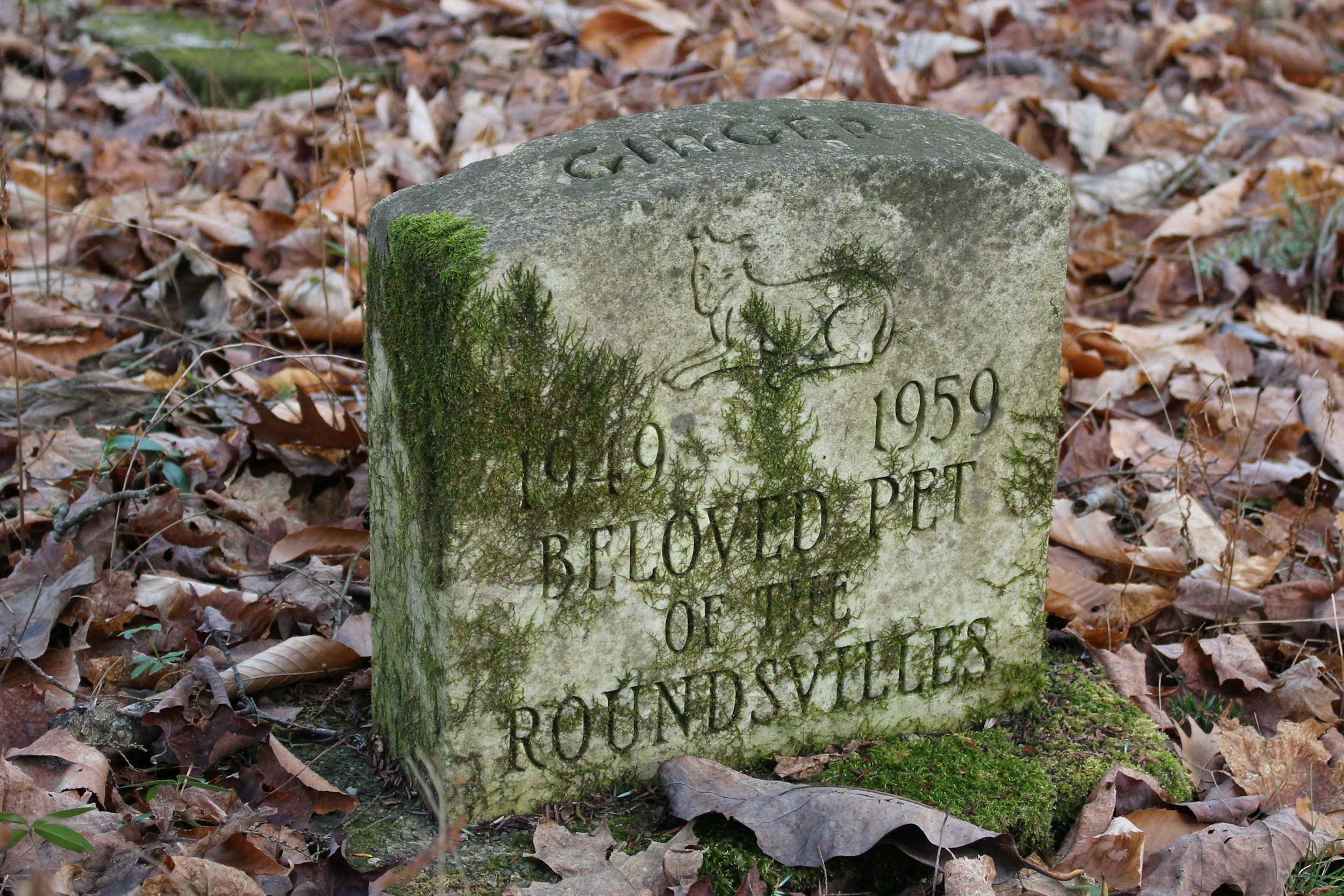
Flame Cremation Isn’t Right for Every Family
Emotionally, flame cremation can feel abrupt, clinical, and detached. The process often takes place off-site, in an industrial facility, with little opportunity for families to participate in or witness the journey. For those seeking meaning, ritual, and a chance to say goodbye, the experience can feel incomplete

Did You Know: Not All Crematories Keep Pet Remains Separate
In the pet cremation industry, there is often a troubling lack of transparency. Some providers cut corners by performing communal or batch cremations, where multiple animals are cremated together. The result? Ashes can be mixed, and families may unknowingly receive a blend of remains—or none of their pet’s at all. This practice isn’t just heartbreaking—it’s deceptive. A 2019 investigative report by the Cremation Association of North America (CANA) revealed that nearly 40% of pet crematories lacked clearly defined protocols to ensure individual pet identification throughout the cremation process

Cremation Can Feel Impersonal or Abrupt
Many families in the Fargo–Moorhead area report that flame cremation can feel cold, rushed, and transactional. Pets are sometimes taken away quickly, with little to no opportunity for ceremony, reflection, or even a final goodbye. This lack of ritual can leave pet parents feeling disconnected or emotionally unresolved.
Research from the American Psychological Association (APA, 2020) shows that rituals—no matter how simple—play a vital role in coping with grief.

Cremated Ashes Aren’t Good for Plants or Soil
Many pet parents dream of returning their beloved companions to the earth—scattering ashes under a favorite tree, in a backyard garden, or across the prairie. But few realize that cremated remains, despite being called “ashes,” are not soil-friendly.
Flame cremation doesn’t produce soft ash like a campfire. Instead, it creates bone fragments that are processed into a fine, chalky substance known as cremains. These cremains are highly alkaline

Cremation Relies on Fossil Fuels: A Cost We Can No Longer Afford
Flame cremation requires extreme heat—typically 1,400 to 1,800 degrees Fahrenheit. To maintain these temperatures, crematories use significant amounts of non-renewable fossil fuels like natural gas or propane. According to the National Renewable Energy Laboratory (2021), a single cremation consumes enough fuel to power the average home for 3 to 4 days. Multiply that across the country’s estimated 1.6 million pet cremations annually, and the environmental cost becomes staggering.

Cremation Emits Harmful Greenhouse Gases: A Hidden Cost of Saying Goodbye
Many families choose flame-based cremation without knowing the environmental costs. One of the most significant—and least discussed—issues is the amount of greenhouse gas released during the cremation process. Each flame cremation relies on extremely high temperatures, usually generated by burning natural gas or propane. According to research from the Funeral Consumers Alliance (2023), a single pet cremation can emit between 160–190 lbs of CO₂. Multiply that by the millions of pet cremations each year, and the environmental toll becomes clear.

Love Isn’t Measured in Labor: Health Risks of Backyard Burial
Pet burial, especially at home, poses potential health concerns for both people and the environment. Animals that have been euthanized often carry residual pentobarbital, a strong sedative that remains in the body after death. If another animal—wild or domestic—were to disturb that grave, even trace amounts can be fatal. According to the FDA (2022), scavenged pentobarbital-laced remains have caused deaths in wildlife and even pets in rural and suburban neighborhoods.

When Grief Meets a Shovel: Rethinking Backyard Pet Burial
Grief researchers have shown that decision-making under emotional strain can lead to “complicated grief,” where the trauma of the moment interferes with healthy mourning (Shear, 2015). For families who later move, sell their home, or see their pet’s grave disturbed, the intended comfort of a backyard burial can evolve into guilt or anxiety.

What Happens to Your Pet’s Grave When You Move?
The average American moves over 11 times in their lifetime, often for work, family, or housing costs (U.S. Census Bureau, 2023). That means even the most well-intentioned backyard grave may one day be left behind. For many families, the emotional toll of abandoning a pet’s final resting place can be unexpectedly intense—and irreversible.

Running Out of Room: Why Burial Isn’t a Sustainable Option
The truth is, burial takes up space most households can’t afford to give. In high-density areas, zoning restrictions or HOA policies often prohibit backyard burials altogether. Even in rural communities, land use is shifting: small farms are being subdivided into residential lots, and land that once seemed private and permanent can be sold, rezoned, or developed.

Is Backyard Pet Burial Legal? What You Need to Know
Laws governing pet burial vary not only from state to state, but sometimes by county or city. In many regions, home burial is only allowed under strict conditions—if it’s allowed at all. For instance, some states require the burial site to be a minimum distance from water sources, wells, or inhabited structures. Others mandate a minimum depth, typically around three to five feet, to prevent scavenging and environmental exposure

How Backyard Pet Burial Can Harm Wildlife in the Eastern Great Plains
One major concern is the exposure of scavengers to euthanasia drugs like pentobarbital. These drugs remain active in the bodies of buried animals for months and can be lethal to any animal that digs them up. In Fargo and nearby areas, scavengers like red foxes, coyotes, raccoons, and domestic dogs are all known to investigate disturbed soil. Rural farms often attract these animals, increasing the risk of exposure in agricultural zones (North Dakota Game and Fish Department, 2022).

Why Backyard Pet Burial May Harm the Environment
When a pet is buried after euthanasia, residual chemicals—especially pentobarbital, a barbiturate used in nearly all euthanasia procedures—can remain in the body. Over time, these chemicals can leach into soil and groundwater, potentially contaminating local water supplies or harming wildlife that may come into contact with the remains.

Supporting Children and Family Members Through Pet Loss
Talking to Children About Pet Loss":
Children process loss differently depending on their age and development. Use clear, honest language — avoid euphemisms like “put to sleep,” which can confuse or frighten young kids (National Alliance for Children’s Grief, 2021). Instead, explain in simple terms that their pet was very sick or old and has died. Encourage children to express their feelings through drawing, stories, or sharing memories. Validate their grief by letting them see yours, too (Schonfeld & Quackenbush, 2009).

Preparing for the Goodbye – Creating a Gentle Transition
Creating a calm, comforting space can make a meaningful difference. Consider playing soothing music, lighting a candle, or wrapping your pet in a favorite blanket. Invite close family or friends to say goodbye, if it feels right. Even young children can participate in age-appropriate ways, like drawing a picture or writing a note (McClain, 2021).

Considering Your Pet’s Perspective: Understanding Animal Comfort
Losing a beloved companion animal is one of the most difficult experiences a pet owner will face. Whether through natural passing, euthanasia, or a sudden event such as an accident, the loss is likely to leave a lasting impression on a person. The loss of an animal is accompanied by aftercare decisions such aquamation, burial, or cremation as well; this can call-forth emotions such as guilt and grief which can feel overwhelming. While these feelings are natural, it’s important to recognize that saying “goodbye” and letting go are both acts of love for yourself and for your animal.

Emotional Preparedness: How to Navigate Guilt and Grief
Losing a beloved companion animal is one of the most difficult experiences a pet owner will face. Whether through natural passing, euthanasia, or a sudden event such as an accident, the loss is likely to leave a lasting impression on a person. The loss of an animal is accompanied by aftercare decisions such aquamation, burial, or cremation as well; this can call-forth emotions such as guilt and grief which can feel overwhelming. While these feelings are natural, it’s important to recognize that saying “goodbye” and letting go are both acts of love for yourself and for your animal.

Balancing Medical Treatment and Compassionate Care
Understanding “How to Know When It’s Time to Say Goodbye to a Pet” is no easy task; it is complex and the added role of emotions can increase the intensity of the experience. Some people believe in “better a week early than a day late” on the topic, while others want every minute possible with their animal companions. We’re not here to pass judgement on your philosophical approach, but Eternal Tides will remain ready to assist in the difficult aspects of that inevitable “goodbye.”

The Role of Your Veterinarian: Making Informed Decisions
As we explore the theme of “How to Know When It’s Time to Say Goodbye to a Pet,” we turn to our community of skilled professionals. In cases such as people choosing plan-ahead servicesas well as when losing a friend is a total surprise, I get asked often about what to look for and/or what was missed. Perhaps this article might help craft your next conversation with your animal’s healthcare provider.

Recognizing the Signs: When Your Pet’s Quality of Life Changes
The nature of Eternal Tides’ business is forever tried to inevitable “bad days” for people who love their animals. For some people, the end comes quickly and without much warning; others endure a slow march with different signs of declining health and comfort. Hard is hard… regardless of how it comes, losing a friend is hard. In this series, I aim to explore the theme of “How to Know When It’s Time to Say Goodbye to a Pet.”
